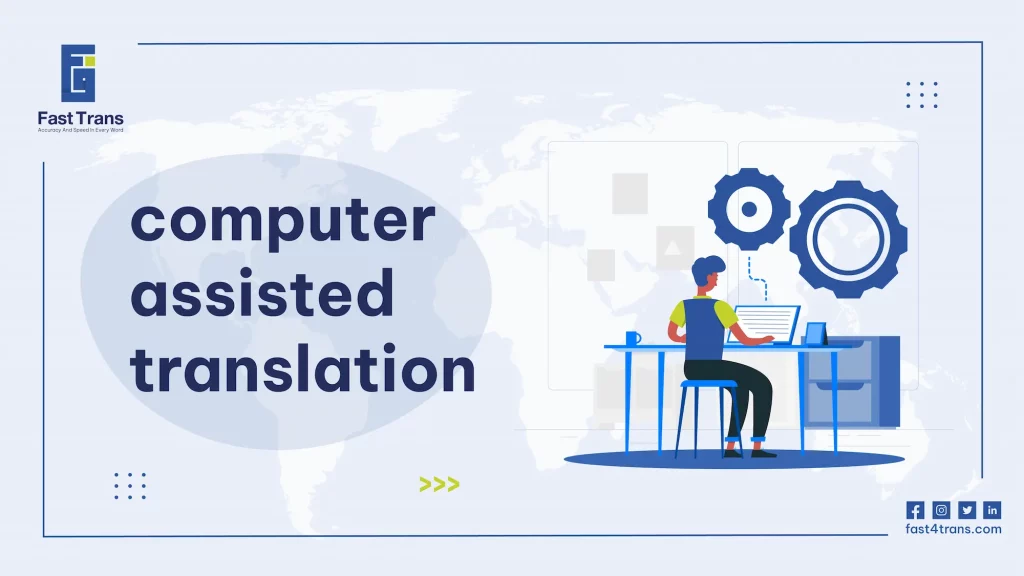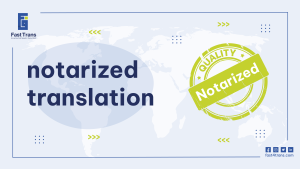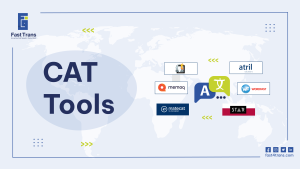Arabic Computer-Assisted Translation (CAT) systems boost translation efficiency by using translation memory to ensure consistency, especially with Arabic’s complex structure. These tools support human translators, not replace them, offering tailored translations that maintain cultural and contextual accuracy.
While CAT helps manage large, technical projects and automates repetitive tasks, it faces challenges with nuances, like homographs and literary texts, which require deep cultural understanding. Though reliant on updates and careful human oversight, Arabic CAT systems remain a vital, cost-effective asset for translators navigating the intricacies of the Arabic language.
Definition of Arabic computer-assisted translation systems
The definition of Arabic computer-assisted translation systems (Arabic CAT) refers to the facilitation of the process of human translation into Arabic by leveraging the strengths of computer software, such as storing, comparing, and retrieving linguistic data.
Arabic computer-assisted, computer-aided, or machine-aided translations rely on a reservoir or corpus of Arabic linguistic storage that can be accessed to assist the translator in their task.
Arabic CAT systems include a variety of tools designed to support Arabic linguists and translators, such as translation memory specific to Arabic, grammar checking tools for Arabic, and overall quality assurance tools tailored to the unique features of the Arabic language.
The role of Arabic computer assisted translation systems
The role of Arabic computer-assisted translation (CAT) systems is to make translation more efficient, less time-consuming, and cost-effective. This is achieved through the integrated translation memory, which helps maintain consistency in translating similar words or phrases, particularly within the context of Arabic, which has unique syntactic and lexical challenges.
That being said, Arabic CAT systems do not attempt any translations on their own, unlike machine translation, which we will discuss shortly.
Stages of Arabic computer assisted translation:
According to an article published by IOP Science, Arabic computer assisted translation (CAT) can be classified into four main steps: analysis, transfer, reorganization, and inspection.
The Arabic CAT system first analyzes the imported language file, dissolves it of all the non-textual elements, and uses the segmentation tool to break down the file into independent stand-alone phrases. This step is particularly important for Arabic, as the language has unique grammar and structure that must be carefully parsed.
While doing so, it consults the translation memory to look for direct or similar matches inside the document that it can auto-fill, ensuring that Arabic words and phrases are contextually appropriate and grammatically accurate.
The translator proceeds to attempt his or her translation of the remaining segments in the document, paying attention to Arabic-specific features such as right-to-left text orientation, verb conjugations, and gender agreements. All translated segments are then added to the translation memory database, further refining the system for future use.
What is the difference between machine translation and computer-assisted translation?
Translation memory is not to be confused with Machine Translation (MT), both are two distinct things.
Moreover, the primary difference between machine translation and computer-assisted translation is that the former depends on the machine as the main provider of translation, after which a human linguist or translator might edit or proofread, this human process is known as Machine Translation Post Editing (MTPE).
However, computer assisted translation depends fully on the human translator to lead the way. It allows for edits and customization. This room for human intervention can make the target text more contextualized, consistent, and culturally specific.
Many of the free online tools available on the web now are considered machine translation.
History of computer-assisted translation
Attempts to create successful CAT go back to the post war decades of the 20th century where it was faced by difficulties. There were attempts in the 1970s and 1980s to develop translation memory ‘TM’ that were trained to store translated sentences in a database. In more recent decades, computers were able to offer more than just storing information.
CAT developed to encompass tools like terminology management, spellchecking, grammar checking, and even integrated machine translation.
During the late 1980s and 1990s, CAT tools were finally becoming more accessible either for freelancers or businesses. Programmes like Trados, Wordfast, and Déjà Vu as examples of CAT software gained popularity.
However, how far the CAT is efficient? To answer this question, let’s list both the advantages and the disadvantages of CAT tools.
Advantages of Arabic computer-assisted translation
Arabic computer-assisted translation (CAT) boosts efficiency by ensuring consistency, speeding up the translation process, and cutting costs. It enhances collaboration among multiple professionals and automates repetitive tasks, making it ideal for handling large volumes of Arabic content with complex grammar.
- CAT is cost-effective for businesses. Clients can scan Arabic documents for matches and repetitions, sometimes intentionally including them to offer translators a lower price. This is especially useful in Arabic translation where repetitive phrases or expressions are common across different dialects.
- Proven to ensure consistency of translation over time. CAT tools are particularly beneficial in Arabic translation because terminology management tools ensure consistency, especially in a language with rich morphological variations. This is especially important when several professionals are working on the same Arabic project simultaneously.
- Speed: CAT aids in meeting deadlines, particularly when dealing with large technical Arabic documents that require precise translation, such as legal or medical content.
- CAT comes with quality assurance option like spell and grammar checking tailored to the intricacies of the Arabic language, ensuring a polished and smooth target text that adheres to the rules of syntax and morphology in Arabic.
- Allows for several professionals to work on the same project, including project managers, proofreaders, and editors, facilitating smoother collaboration in Arabic language projects, where linguistic nuances and cultural context must be carefully handled.
- Ability to work on a huge number of projects or documents at the same time, given the significant processing capacity of the CAT software. This is especially advantageous when translating large volumes of Arabic text, considering the complexity of its grammar and script.
- Automation of repetitive tasks: Arabic CAT tools can automate the translation of recurring phrases, terms, and expressions, which is particularly helpful in maintaining consistency across long Arabic texts and projects with repeated terminology.
Disadvantages of Arabic computer-assisted translation
It is important to keep in mind that double-checking the Arabic CAT translation can sometimes save the translator from massive errors. This is because Arabic CAT is prone to contextual errors, particularly with homographs (words that are spelled the same but have different meanings), which can be more challenging in Arabic due to the complex nature of the language.
Given the limitations of CAT in Arabic, especially with Translation Memory (TM), it is not always effective when translating literary texts that are rich with double meanings, metaphors, and heavily dependent on cultural nuances and localization, which are especially prominent in Arabic literature.
Other disadvantages to keep in mind include:
- The risk of translators becoming over-reliant on technology and computer assistance, potentially leading to a loss of the nuanced understanding required in Arabic translation.
- The need to always be up to date, undergoing additions and improvements to handle the complexities of Arabic language variations.
What is Translation Memory (TM)?
In CAT terminology you will find the term Translation Memory, also abbreviated as (TM) which refers to the database of translated segments or strings. Simply, translators don’t have to translate the same phrase, or word again when repeated, they already translated it once before, and so the TM steps in to take care of future similarities or matches.
What’s the difference between CAT and translation management systems (TMS)?
TMS combines the best features of CAT, as well as the speed and smoothness of machine translation. TMS achieves localization by using artificial intelligence to translate text, and then contextualize it with the help of professionals and native speakers.
Optimal use of CAT tools/fast trans
Lastly, there are best practices to ensure that you get the most out of CAT tools, below are some of them:
1-Upload the document in editable format, not a pdf format.
2-Make sure the source text itself matches the mechanism in which the TM works. This involves ensuring it is error free, and easy to read without ambiguity.
3-Knowing that the more a text is context specific, the less likely it will be used in future translations.
4-Double checking the CAT translation to avoid mistakes.
Conclusion
Arabic Computer-Assisted Translation (CAT) systems play a crucial role in streamlining the translation process by improving efficiency, reducing costs, and maintaining consistency across texts. These systems leverage a translation memory, which stores previously translated segments for reuse, particularly addressing the unique syntactic and lexical challenges of Arabic. Unlike machine translation, which generates automated translations, CAT systems rely on human translators to guide the process, ensuring that the final output is contextually accurate and culturally relevant. By facilitating collaboration among translators, editors, and project managers, Arabic CAT tools ensure high-quality results while managing large volumes of complex text, especially in technical fields like legal and medical translation.
However, Arabic CAT systems are not without limitations. They may struggle with contextual errors, particularly when dealing with homographs or culturally nuanced content, such as literary works, where meaning often depends on deep understanding and localization. While CAT tools automate repetitive tasks and aid in large-scale translation projects, they require constant updates to handle the evolving nature of the Arabic language. Over-reliance on CAT can also lead to a loss of the linguistic subtleties that human translators provide, particularly when translating idiomatic expressions or metaphorical content. Despite these challenges, CAT remains an indispensable tool for modern Arabic translation, offering numerous advantages in terms of speed, consistency, and cost-effectiveness.











